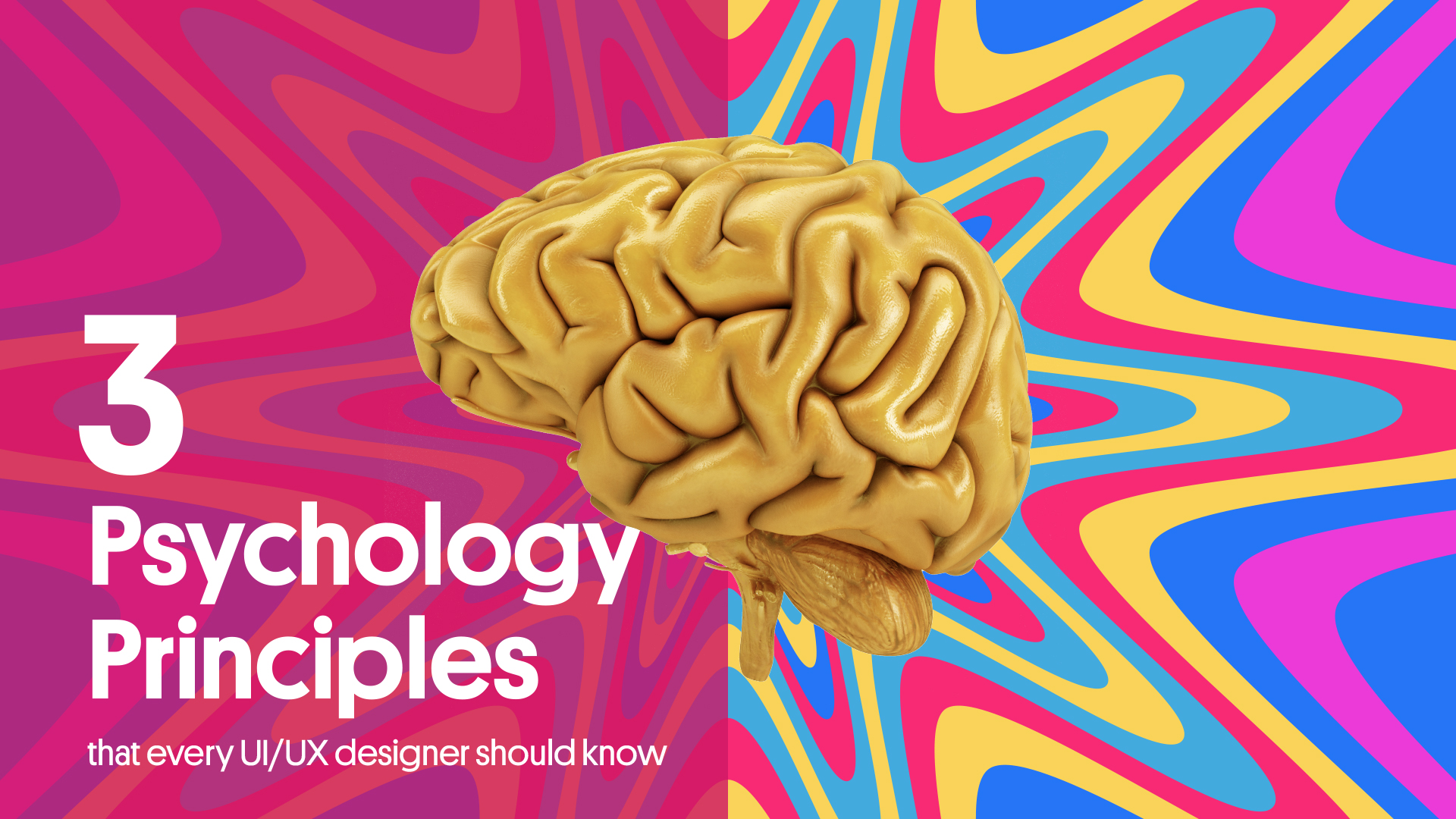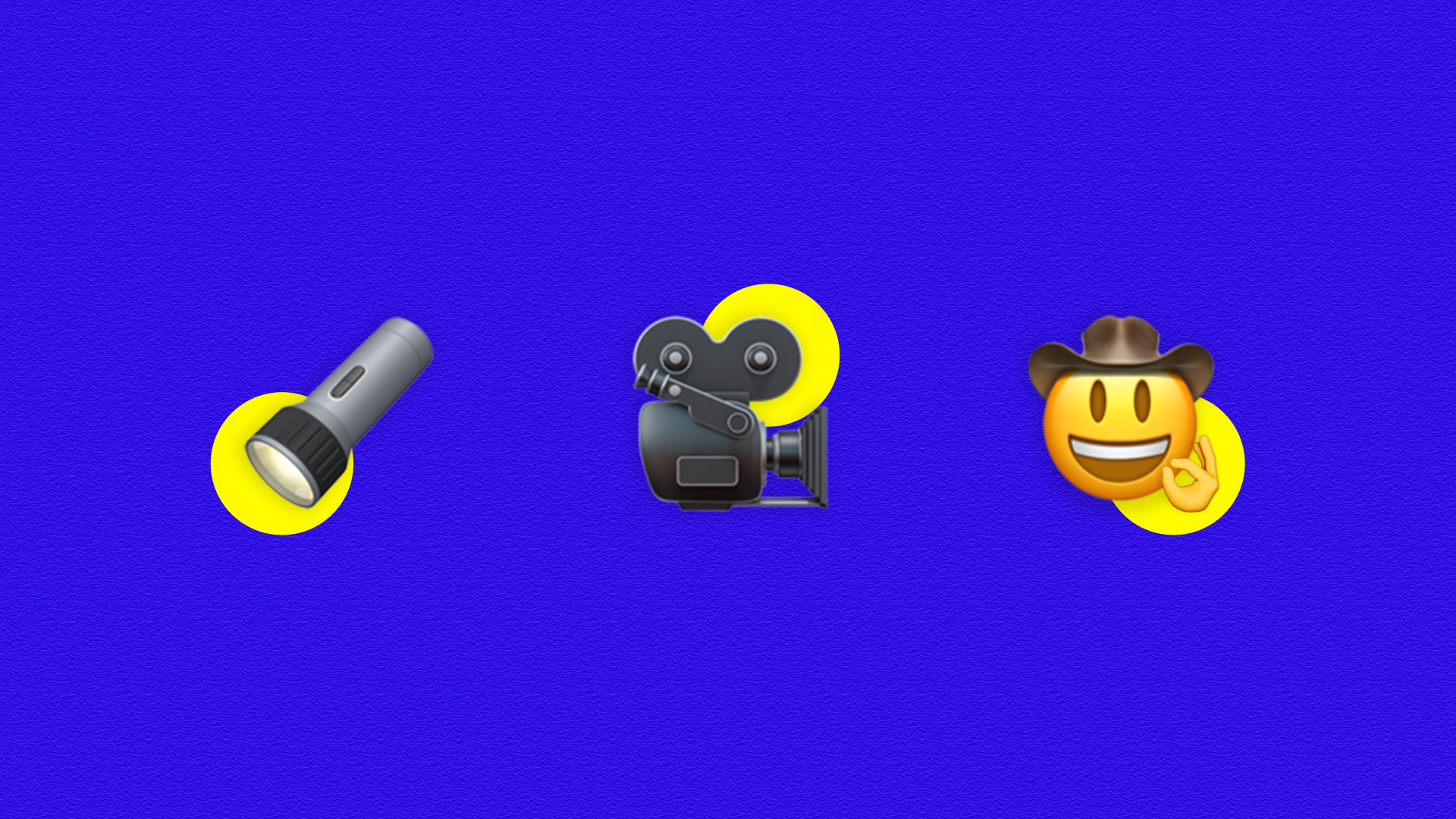When building a product, know what response you want from users. Psychology can impact human behaviour and improve user experience.
1. Cognitive Load
Working memory mental effort.
Cognitive load refers to the mental resources needed to run a user interface. Brains have limited processing power, like computers. Overloading users with information will hurt their performance. People may become overwhelmed and abandon the task or site. Intrinsic and Extraneous cognitive loads are important in UX Design.
Intrinsic cognitive load: topic difficulty
This is why copy is important. The design depends on the copy. The text must be clear and succinct. Ambiguous language makes navigation difficult. Instructions or tasks should be straightforward to follow.
You can’t entirely eliminate the cognitive load, and you wouldn’t want to because people desire knowledge. You can reduce unnecessary cognitive stress.
Extraneous cognitive load: brain processing that doesn’t assist people in understanding stuff.
Websites using several font sizes and weights without conveying different messages are an example. There are ways to reduce the cognitive burden and improve user experience.
Avoid visual clutter on the site or app. This includes distracting images, links, and typography/graphics. Overused links, graphics, and typography can be a sore point on a website. Misusing these design components might reduce usability and readability.
Build on the user’s existing mental models to reduce cognitive load. People have mental models of how websites work based on past experiences. Using familiar layouts and elements will reduce the user’s learning curve.
2. Hick’s law
The number and complexity of choices increase decision-making time.
This is a simple yet fundamental psychological principle. When users have more options, it takes them longer to decide. If overwhelmed by possibilities, a person may choose nothing. As a UX Designer, you must prevent this.
Too often, a website has too much functionality while ignoring the user’s burden. You can’t permanently remove all options, but you can simplify the process.
Chunking difficult items into smaller steps can help. You can group comparable items in a Navigation menu.
Spotify reduces user decision-time. Imagine opening Spotify to see every song. Choosing a song would be difficult and time-consuming. Spotify’s “Browse” tab is well-organized.
The page is sorted into genres, musical categories, and smaller groups. Spotify’s logical hierarchy and levels of separation make it easy to choose songs without feeling overwhelmed. Clicking through the categories is logical and coherent, which speeds up decision-making.
Consider how you’ll provide useful alternatives when building a website, app, or product. Is it possible to simplify it?
3. Sequential Effect
Users remember the series’ first and last things best.
The sequential Effect combines two ideas.
a. Items near the top of a list are recalled more accurately than those in the middle.
b. Items near the end of a list are more likely to be remembered than those in the middle.
Apply these two ideas to your designs. Limiting recall can help. Short-term memory can hold about 5 items. Make sure users get fewer than 5 products at once. This will help retain important knowledge.
Adidas handles this well by providing apparel filters. Breadcrumbs at the top of the page help users recall where they are in the experience and how they got there.
Three’s a charm
Next time, keep these three principles in mind and watch the game flip.
UX Design uses psychological principles. Most of these are simple, and you may already be using them. Understanding these concepts helps you communicate your designs to stakeholders. You must also grasp how and why a user acts. This will give your designs meaning and ensure a good user experience.
Writing Credit – Drishti Shah






